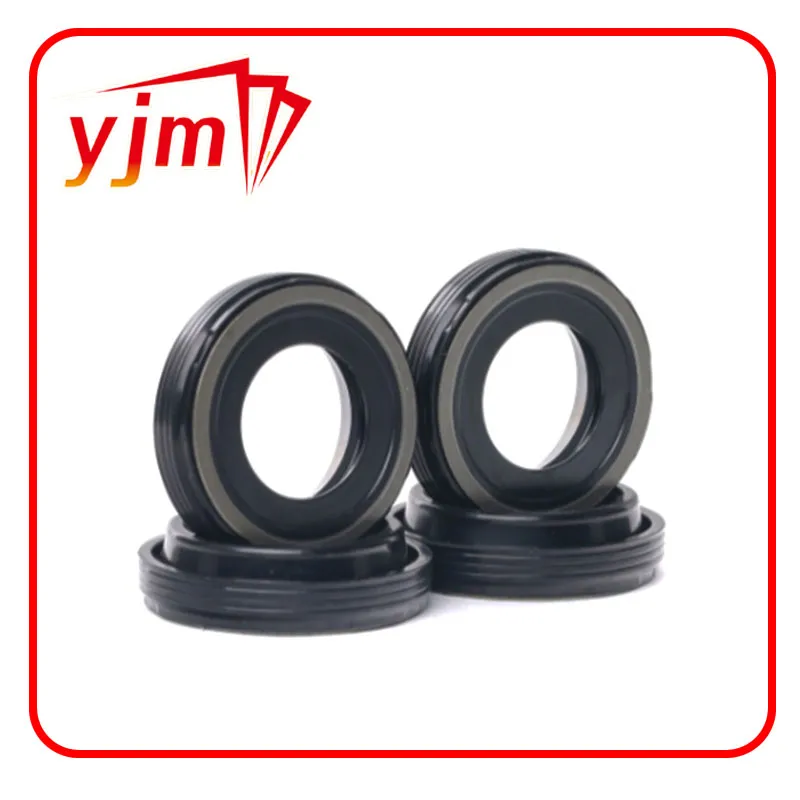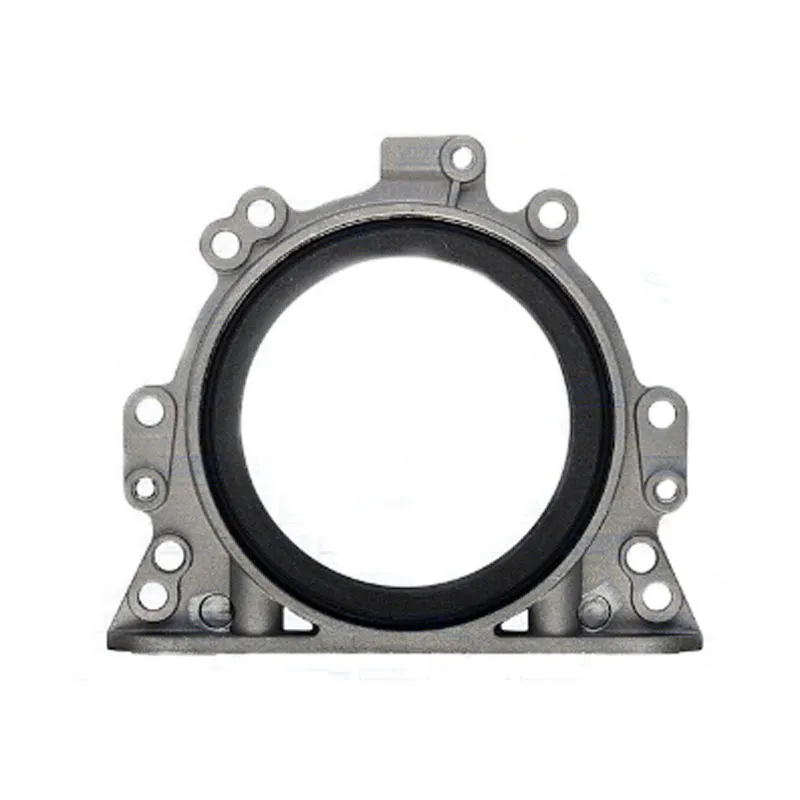Engine Crankshaft Oil Seal 9031683001


Installation of wheel hub oil seals, although a task that some might attempt with DIY gusto, requires meticulous attention to detail and a precise approach. The old seal must be removed without causing damage to the hub assembly—a task necessitating the right set of tools. Proper alignment during installation is paramount; a misaligned seal renders it ineffective, leading to leakage. It is recommended to seek the expertise of a professional mechanic for this task, as they bring both the knowledge and the specialized tools needed to ensure an effective, long-lasting installation. Both time and operational demands expose wheel hub oil seals to wear and tear. Symptoms such as unusual noises from the wheel area, visible leaks, or poor vehicle handling can signal a compromised seal. It's crucial to address these symptoms early to forestall further complications. Scheduled maintenance should incorporate seal inspection as a routine check, with replacement intervals determined by both usage patterns and mileage. Consulting reputable sources for purchasing wheel hub oil seals is imperative. Trustworthy manufacturers and suppliers will not only offer superior products but also provide warranties and detailed product information. Prioritizing brands known for quality and innovation in materials science can ensure that the seals you incorporate into your vehicle are the best the market has to offer. User reviews and expert recommendations are valuable resources that lend credibility and assurance during the selection process. In conclusion, the wheel hub oil seal plays an indispensable role in vehicle maintenance and safety. Its correct selection, installation, and upkeep directly impact the vehicle's performance. By prioritizing expertise and reliability, and by choosing top-tier materials and brands, vehicle owners and mechanics can effectively uphold both the operability and the safety of their automotive investments, fostering trust and peace of mind on every journey.
-
Understanding Oil Crush Washers: A Small Component with a Big Role in Vehicle Maintenance
News Jun.19,2025
-
The Essential Guide to Sump Plug Washers: Types, Sizes, and Why They Matter
News Jun.19,2025
-
Plastic Oil Drain Plugs: What You Need to Know Before Your Next Oil Change
News Jun.19,2025
-
Mastering Oil Drain Plug Maintenance: From Stripped Bolts to Smart Replacements
News Jun.19,2025
-
Do You Really Need a New Oil Washer Every Time? A Guide to Crush Washers and Oil Drain Plug Seals
News Jun.19,2025
-
A Modern Guide to Oil Drain Plugs: From Quick Valves to Thread Repairs
News Jun.19,2025
-
Versatile Sealing Solutions: Understanding the Power of the Seal Ring and O Ring
News Jun.18,2025
Products categories















